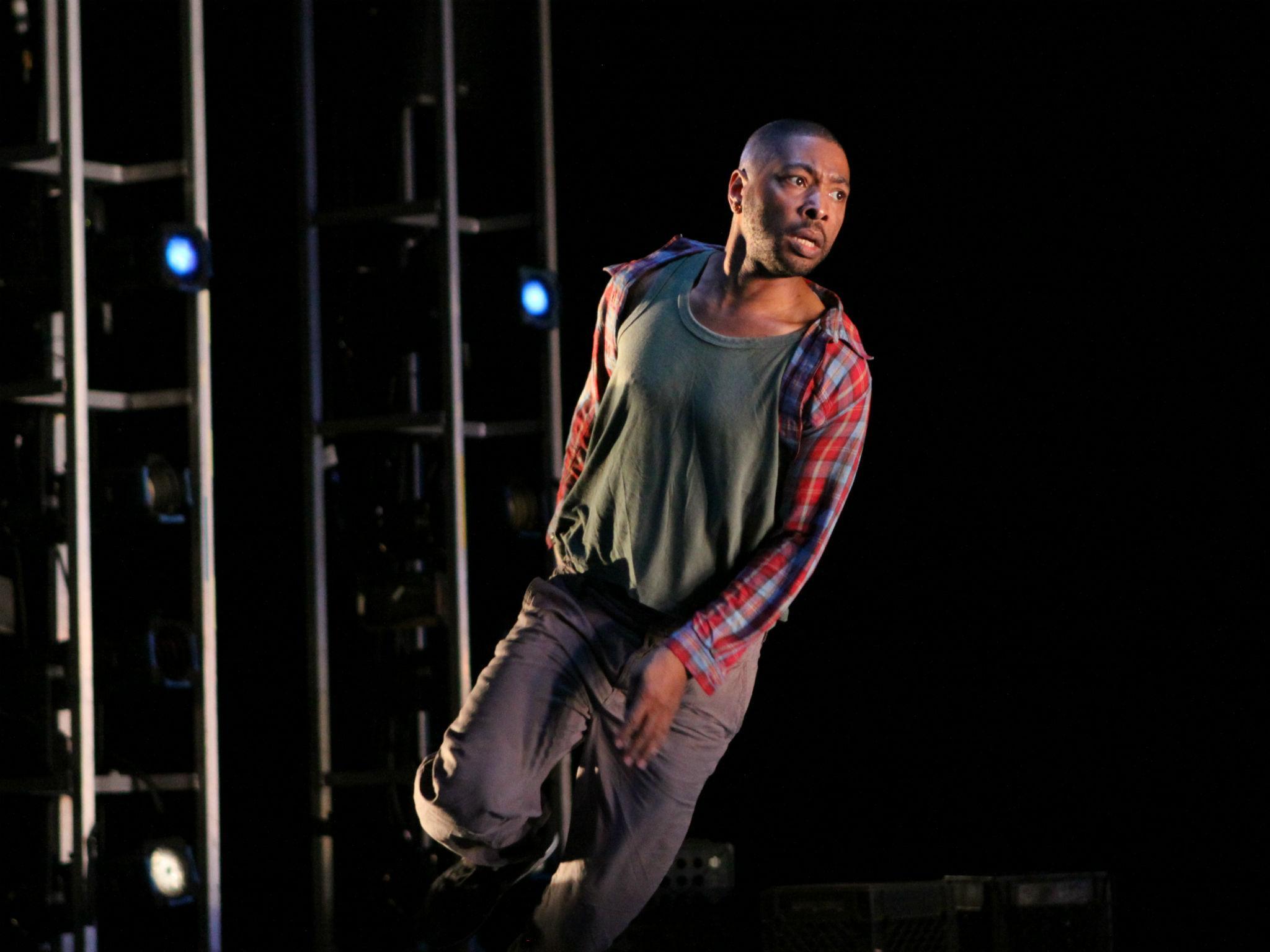Kyle Abraham, Pavement, Sadler’s Wells, London, review: Theatre, hip hop and a sharp political sensibility
'Pavement' which is a powerful introduction to rising star Abraham's work and company is inspired by John Singleton’s 1991 film 'Boyz n the Hood'

Your support helps us to tell the story
From reproductive rights to climate change to Big Tech, The Independent is on the ground when the story is developing. Whether it's investigating the financials of Elon Musk's pro-Trump PAC or producing our latest documentary, 'The A Word', which shines a light on the American women fighting for reproductive rights, we know how important it is to parse out the facts from the messaging.
At such a critical moment in US history, we need reporters on the ground. Your donation allows us to keep sending journalists to speak to both sides of the story.
The Independent is trusted by Americans across the entire political spectrum. And unlike many other quality news outlets, we choose not to lock Americans out of our reporting and analysis with paywalls. We believe quality journalism should be available to everyone, paid for by those who can afford it.
Your support makes all the difference.Beauty and brutality overlap in Kyle Abraham’s Pavement. The dance flows like a river, but it’s broken up or channelled by images of police and gang violence, of community breakdown, of yearning for escape.
Abraham is a rising star in American dance, creating works for big names such as Alvin Ailey American Dance Theater. For British audiences, Pavement is a powerful introduction to his work and company, showing both his technical command and his exploration of African American experience.
Inspired by John Singleton’s 1991 film Boyz n the Hood – which came out when Abraham was a teenager – and by his own youth in Pittsburgh, it moves confidently from floating, stylised moves to naturalistic gesture, from jazz and Vivaldi to police sirens.
The set is spare, a wire fence with a basketball hoop. A video screen shows flashes of city streets, but the focus is on the seven dancers, led by Abraham himself. A man walks on with a gesture that his half wave, half curling line, leading him into a rippling, twisting dance. A second follows him, with contrasting moves that are just as playful. When the third – a white dancer – arrives, he puts draws one man’s hands behind his back, as if arresting him, and lowers him face down to the ground.
It’s an image that keeps recurring. In one sequence, dancers lope and spin to baroque music, giddy and joyful. But one of their number is still face down on the floor, a grim reminder that sits under this work’s happiest dances.
Abraham fluently combines classic contemporary dance – there's a clear influence from Paul Taylor and Mark Morris – with theatre, hip hop and a sharp political sensibility. Dancers will acknowledge each other with easy camaraderie, naturalistic finger points or waves building into full-bodied steps. All seven dancers (six men, one woman) move with juicy ease and authority.
One of the most powerful qualities in Pavement is that, in a work about discrimination and suffering, it never reduces its dancers to flat victims. They’re both a community and individuals. Running around the stage, their jog becomes a rhythmic stride, each dancer gleefully spinning off into their own version.
That face-down pose becomes increasingly layered. Dancers lie on top of each other, reinforcing the pose. Tamisha Guy turns under the man on top of her, and cradles him; is she trapped, offering comfort, or both?
Join our commenting forum
Join thought-provoking conversations, follow other Independent readers and see their replies
Comments